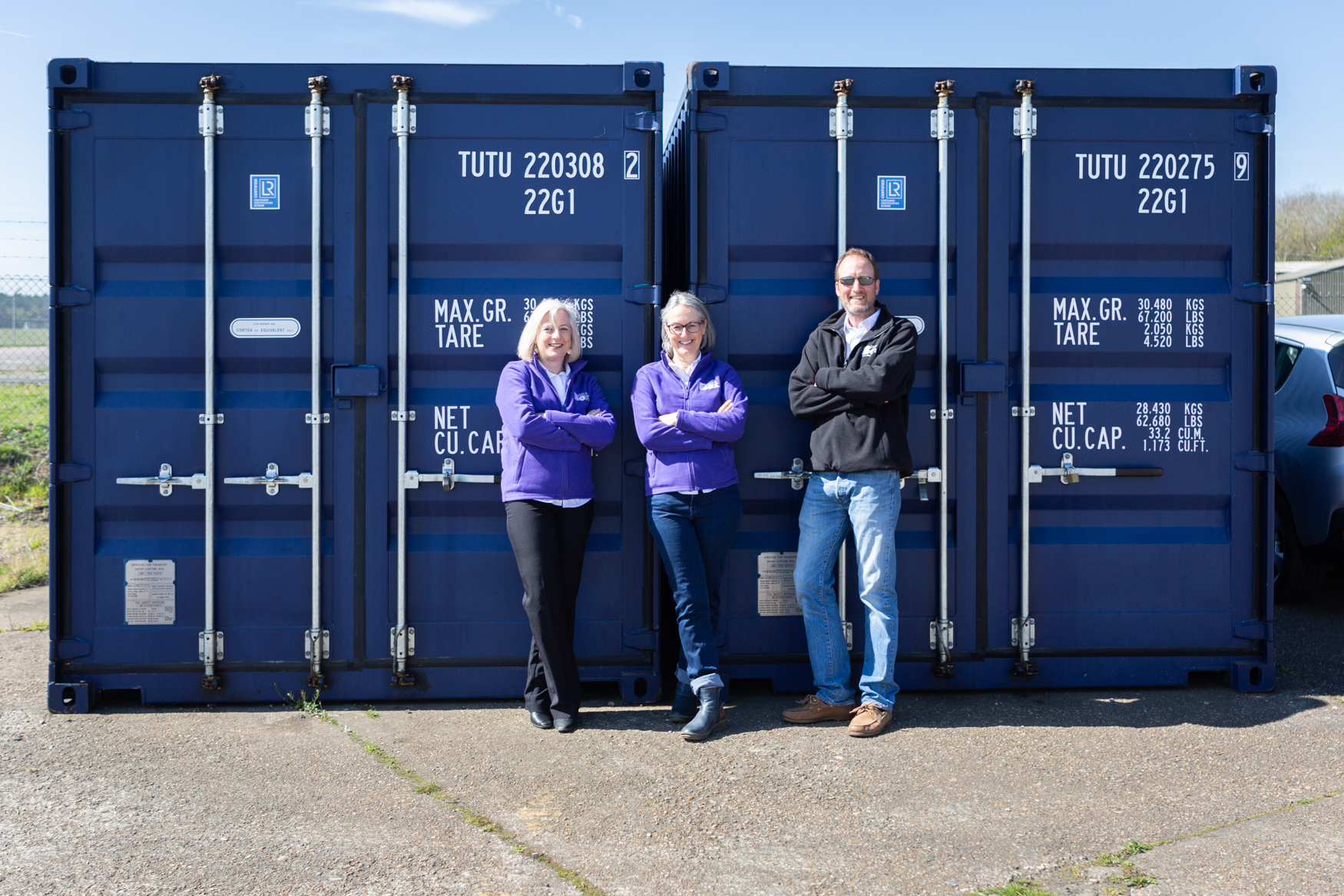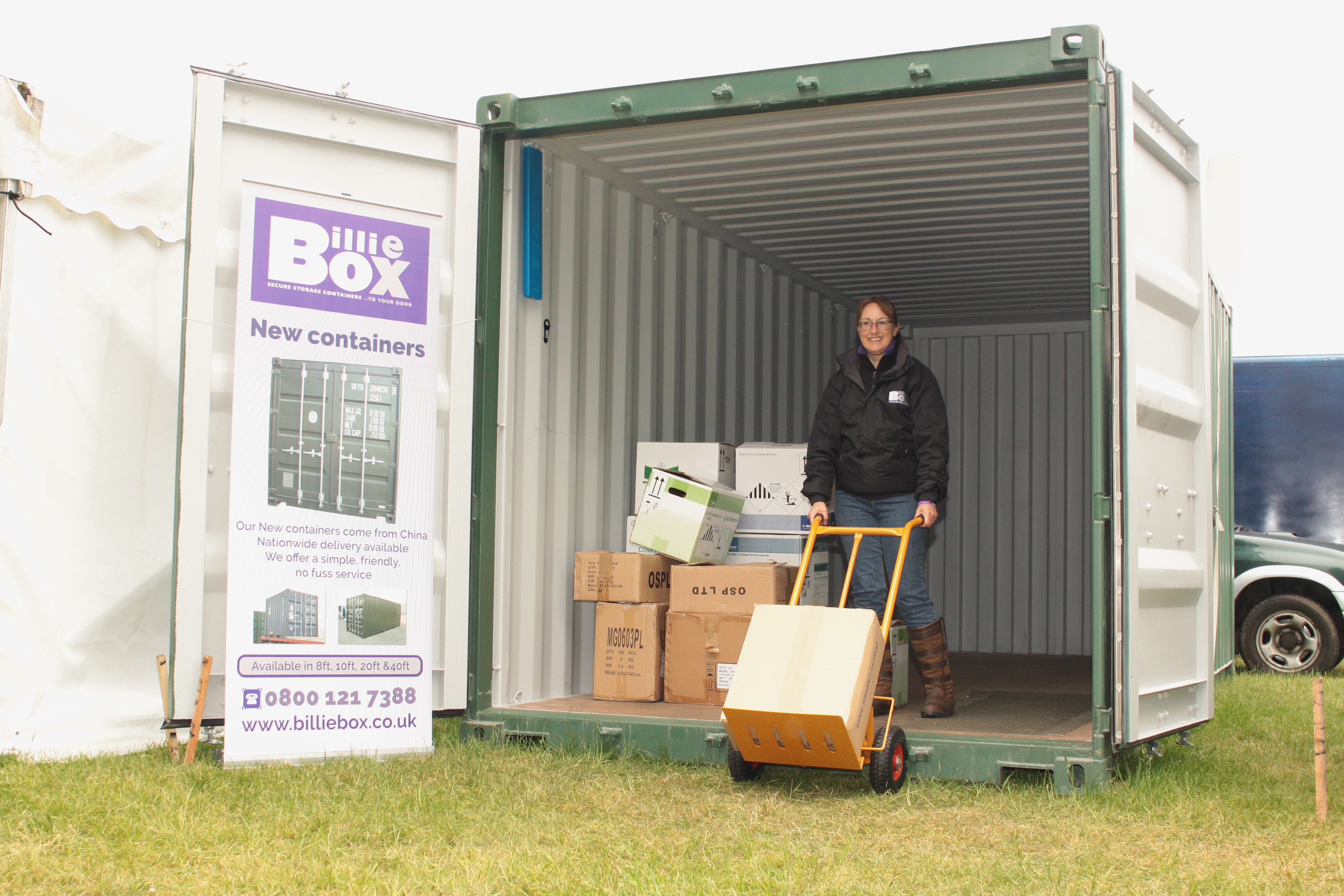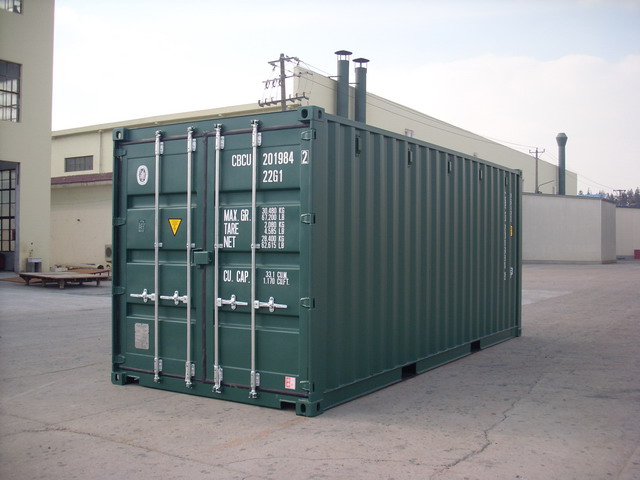What is a once used/one trip shipping container?
One trip shipping containers are containers that have been built in China and used for one cargo to get it to the UK (in our case). They are perfect as a site storage container. The one trip shipping containers are sold as ‘New’ with slight dents and the odd scratch. Many customers prefer a one-trip …





